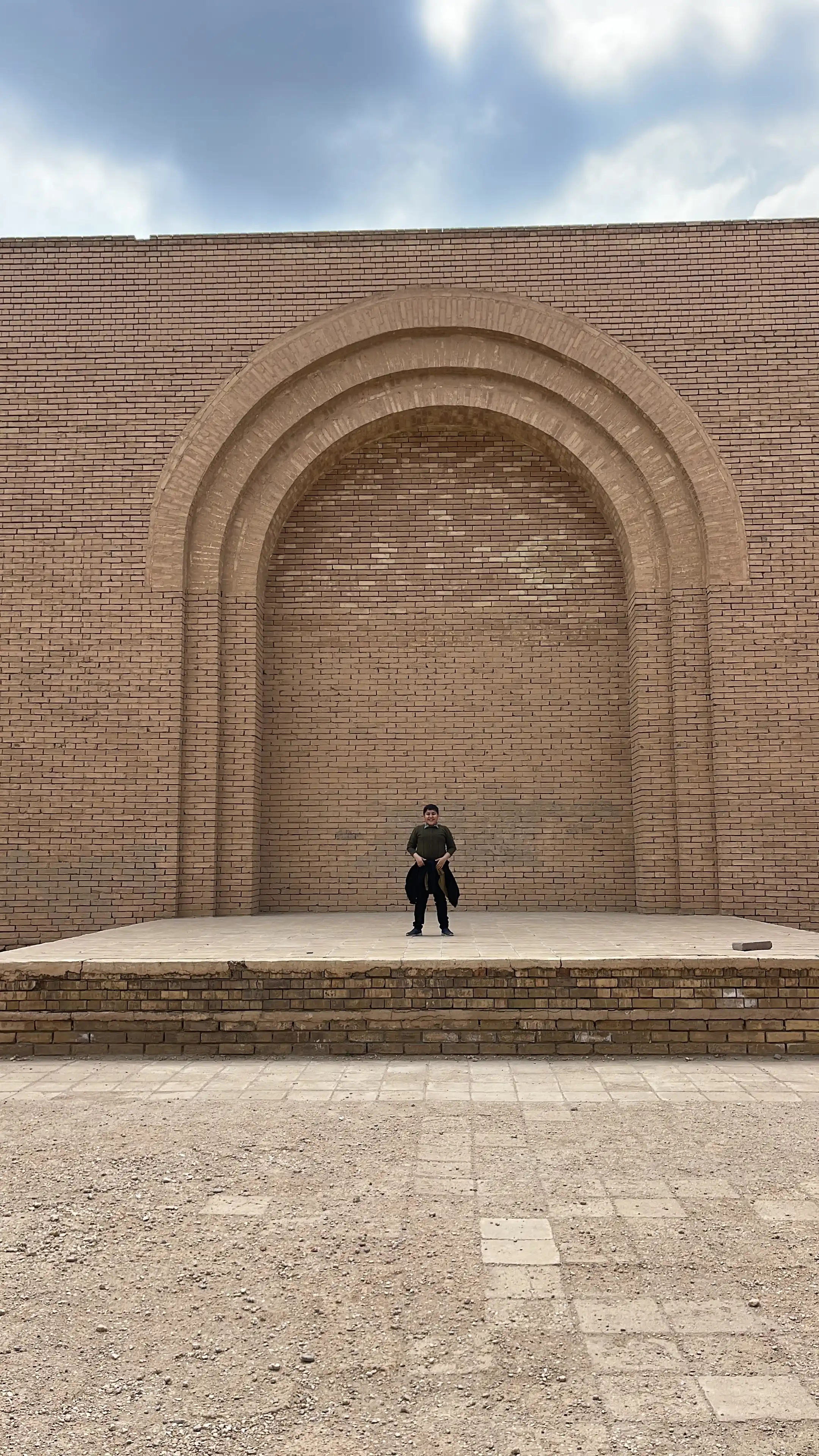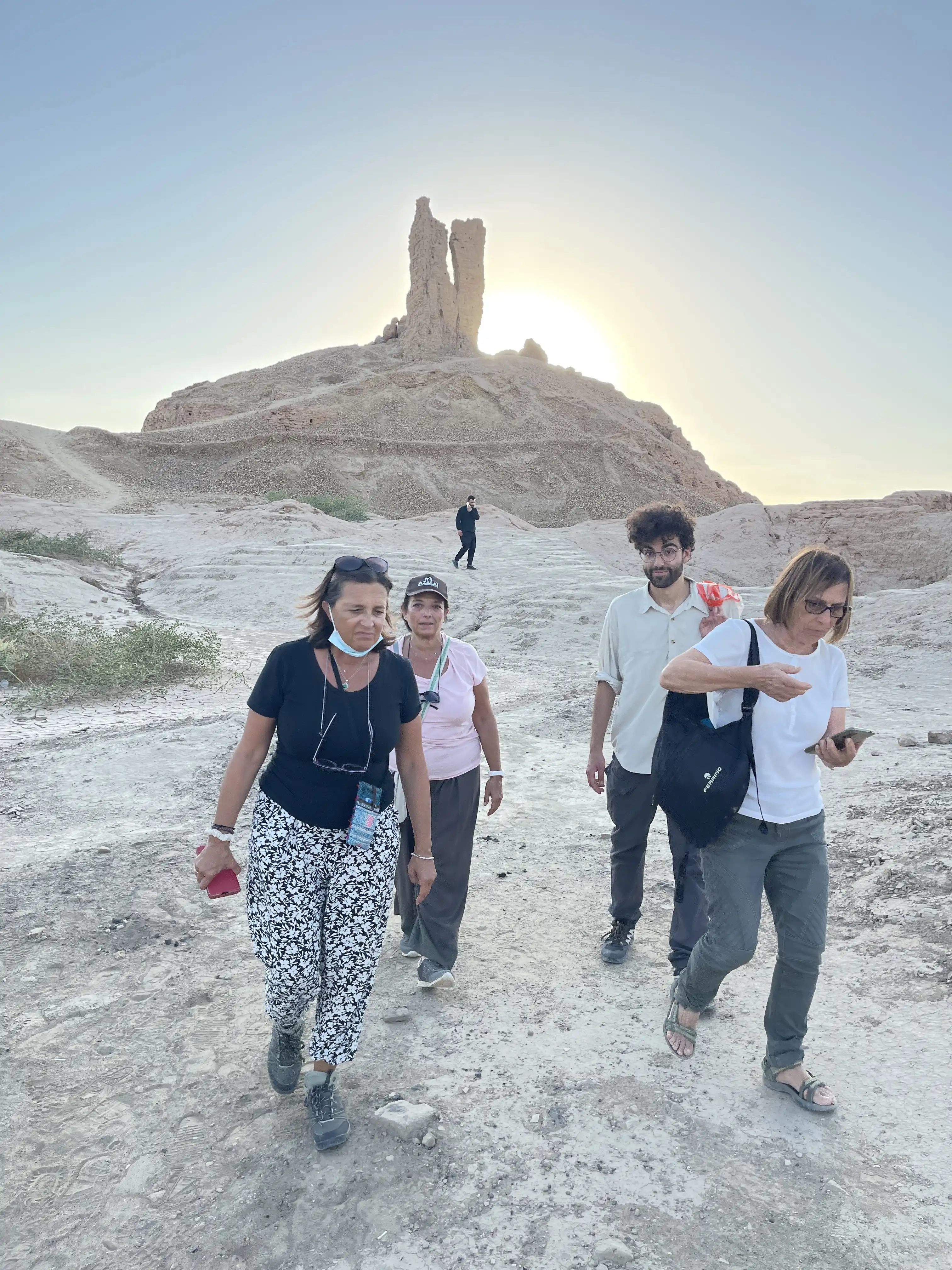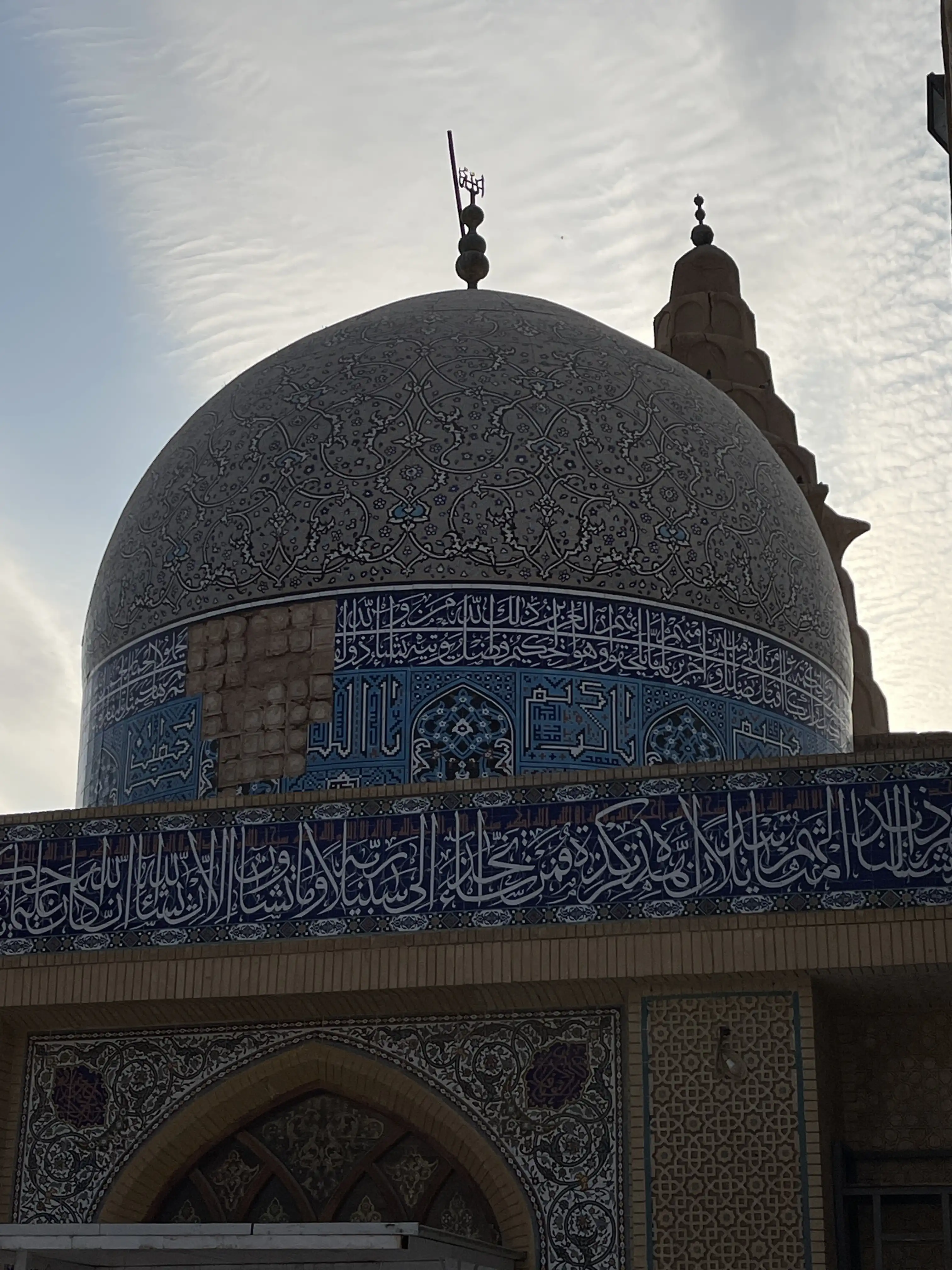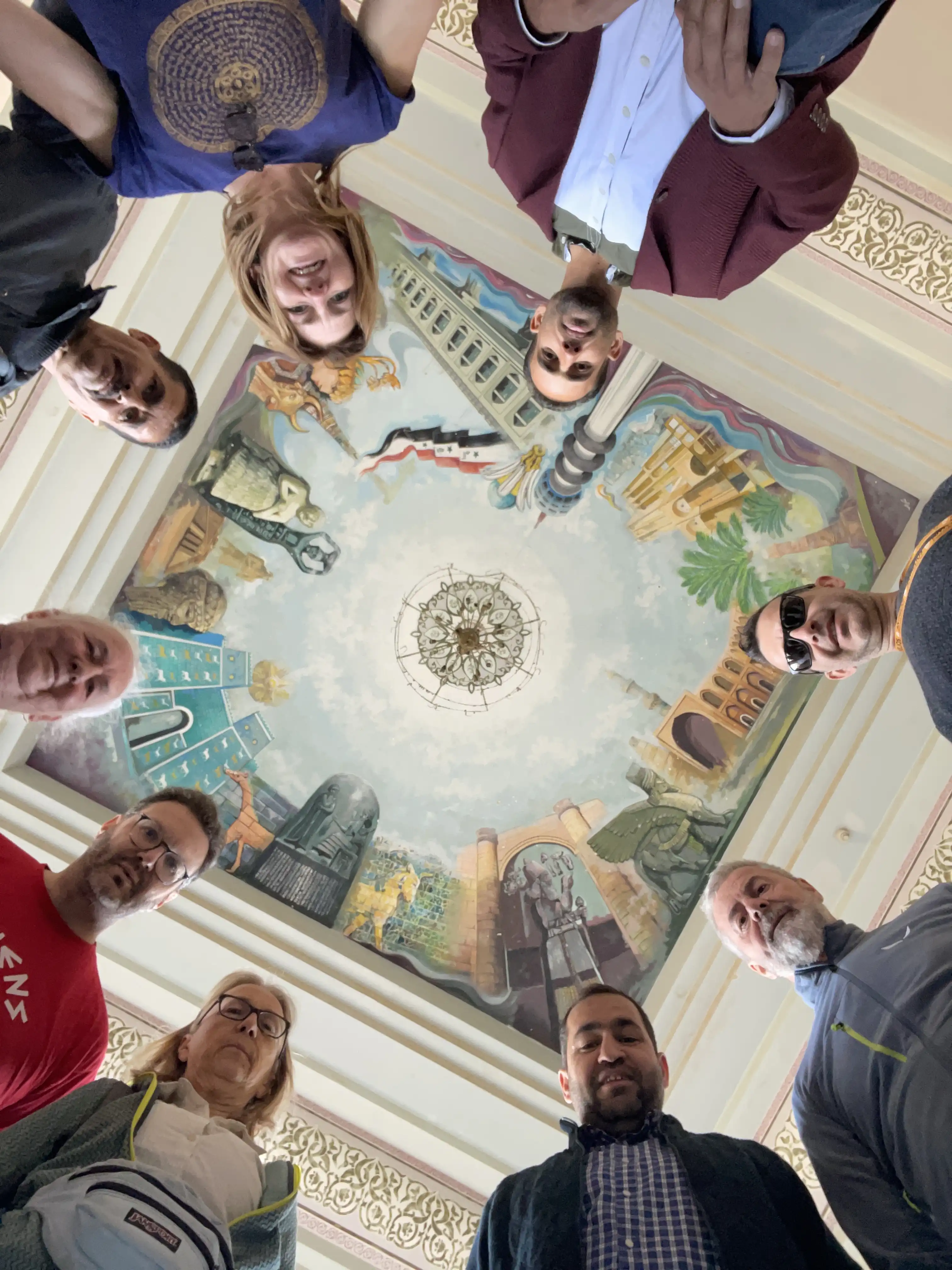Babylon (Al Hilla)
Babylon Province It lies in the Middle Euphrates about 90 km south of Baghdad. It is the fifth biggest province in population. The word Babylon is derived from the name the gate of god. It became an empire after the fall of the Sumerian empire. It was founded by King Hammurabi at 101 B.C. whose authority extended from the Gulf at the south to River Tigris in the north. Hammurabi’s reign lasted for 43 years during which the Babylon Empire witnessed its great era. It was regarded as the golden era. It had the hanging Gardens which was considered as one of the Seven Wonders of the World. The city had eight gates among which Ishtar Gate is the biggest. The important temple in the city is Murdoch’s which is situated at the square of great religious festival. Babylon had several names such as Babylonia, which means the land of Babil, and Mesopotamia. Another interpretation is mentioned in the Genesis which referred to the Babylonians’ attempt to make a name for themselves by building a mighty city and a tower “with its top in the heavens.” God disrupted the work by so confusing the language of the workers that they could no longer understand one another. The province has six districts, namely, Al-Hilla, Al-Mahawil, Kotha, Al-Musayab, West Hamza and Al-|Hashimiya. The city is known for its various types of dates in addition to important types crops produced in the city like corn, barley and wheat.
add to wishlist
Babylon
ArchaeologyThe Ruins of Babylon This site lies at about 5 km north of Hilla. The city of Babylon became the most famous city in the old and modern world especially during the reign of the Babylonian King, Nebuchadnezzar (605- 562 BC. It became the symbol of Mesopotamia and one of the seven world wonders . Ishtar Gate This gate whose name refers to one of the gods of the city is known for its famous designed walls which were decorated with several drawings of mythical animals made from ceramic and colorful bronze. Those drawings have the forms of lions, calves, dragons and legendary Murdoch whose shape has a dog’s body, a lion’s front feet and a bird’s back feet and both a tail and a head of a snake.

Borsippa Ziggurat
ArchaeologyThis archaeological site is about 15 km south west of Hilla on the road to Najaf. Its tower which rises 47 m high is a prominent landmark of the city. In addition to the tower, the city includes Nimrud ruins such as ziggurat and the birthplace of Abraham.

Ezekiel (Thi-Al-Kefl) prophet
ReligiousIt is the shrine of prophet Yahoda bin Ishaq bin Yaqub ,it is located in Al-kefle township on the road linking Hilla and Kufa

Lion of Babylon
ArchaeologyThis statue which was excavated by a German archaeological commission is made out of black basalt stone depicts a Mesopotamian lion standing above a lying human. The statue is two meters in length and the platform upon which it stands is one meter. It symbolizes the city’s strength and authority over nations.

Saddam’s Palace
HistoricA palace in the ancient Iraqi city of Babylon built under late Iraqi leader Saddam Hussein offers visitors a trip from the past to the present day in the age-old region. The palace, situated on a hill in the middle of the ancient city, was built during the economic embargo in the wake of the 1991 Gulf War, and is now attracting renewed attention despite being recent neglect. The gardens and green areas around the palace, which were built for families to sit in and spend time in, are now neglected by the local municipality. There is almost no life here, except for a few mobile food and drink sellers.
